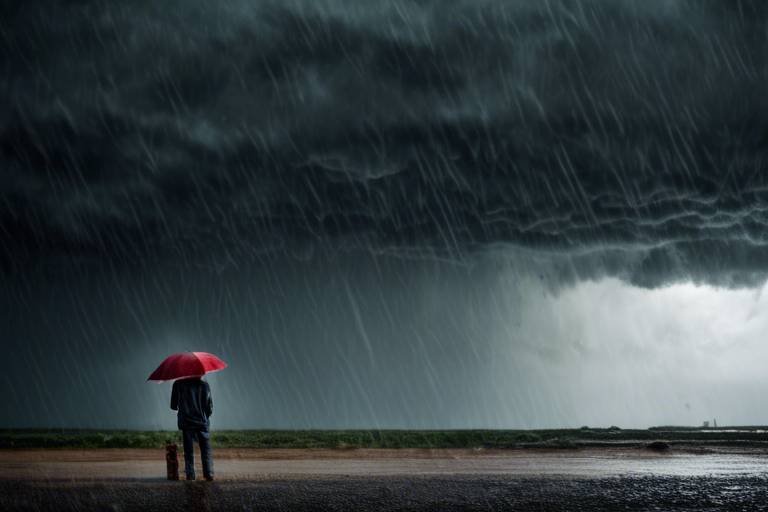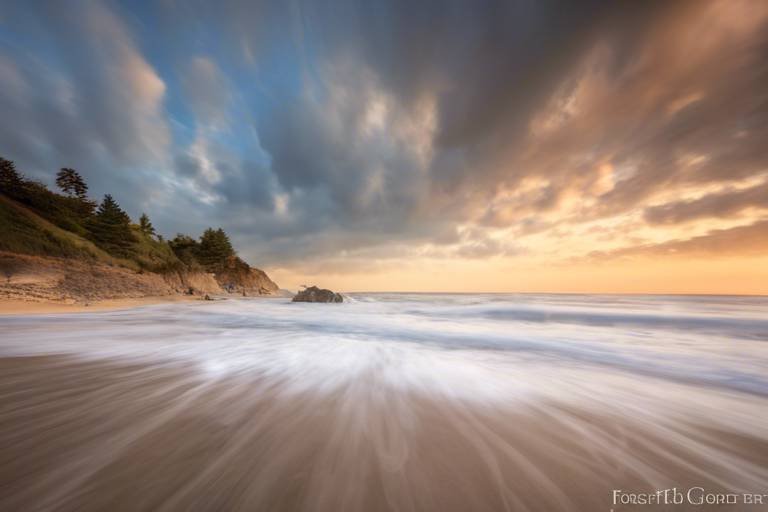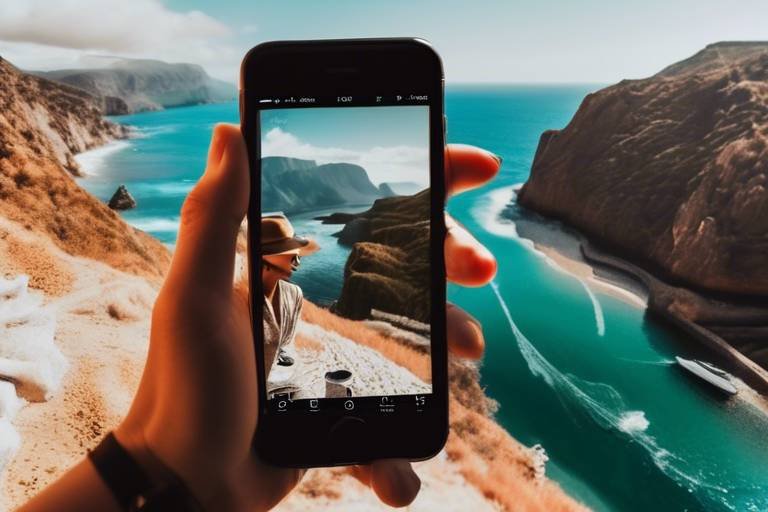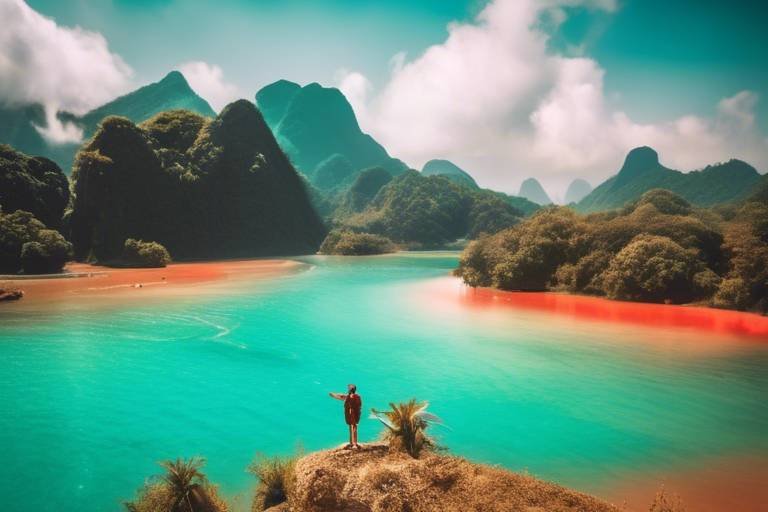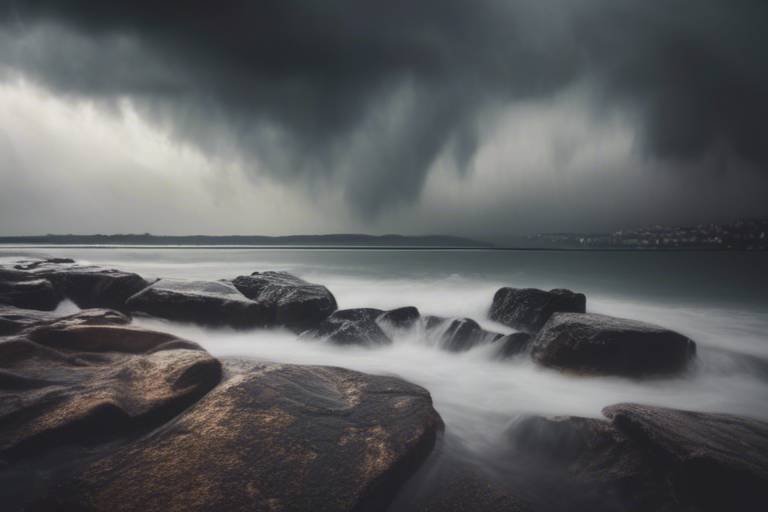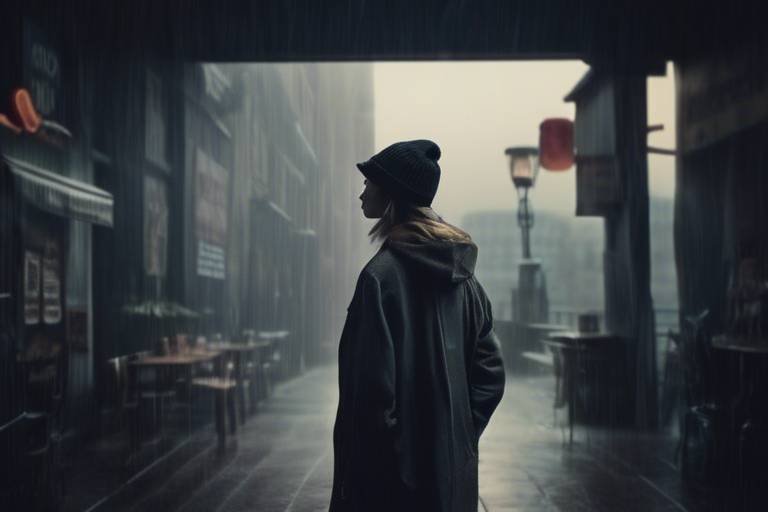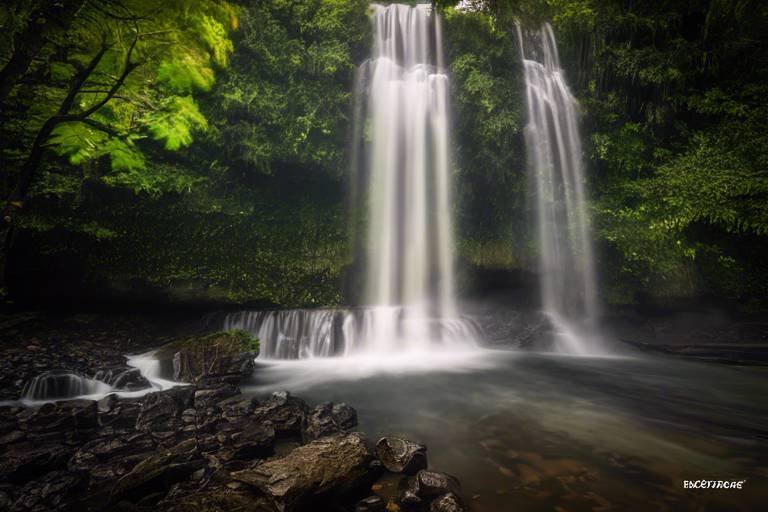How to Photograph Rain and Stormy Weather Creatively
Photographing rain and stormy weather can be a thrilling and challenging experience for photographers looking to capture unique and artistic images. The dynamic nature of these weather conditions provides an opportunity to unleash creativity and experiment with different techniques to produce stunning photographs that stand out. By understanding the weather patterns, choosing the right equipment, and utilizing natural elements effectively, you can elevate your photography skills and create visually compelling images that tell a story.
When stepping into the world of rain and storm photography, it's essential to have a solid grasp of the weather conditions you'll be working in. Understanding how rain interacts with light, the formation of storm clouds, and the dramatic effects of lightning can help you anticipate moments and compose your shots effectively. By immersing yourself in the environment, you can capture the essence of the weather in your images and convey the mood and intensity of the moment.
Choosing the right equipment is crucial when shooting in challenging weather conditions. Opting for waterproof cameras, protective gear such as rain covers for your gear, and additional accessories like lens hoods can ensure that you can focus on capturing the perfect shot without worrying about damage. Investing in quality equipment that can withstand the elements will not only protect your gear but also enable you to explore creative possibilities without limitations.
One of the key aspects of photographing rain and stormy weather creatively is the ability to utilize natural elements to enhance your compositions. Incorporating raindrops on surfaces, capturing reflections in puddles, and framing dramatic skies can add depth and emotion to your images. By paying attention to these details and incorporating them thoughtfully into your photographs, you can create captivating visuals that resonate with viewers.
Playing with light and shadows in rainy and stormy environments can result in visually striking images that evoke emotion and drama. Experimenting with the interplay of light sources, exploring contrasts between bright and dark areas, and leveraging the dynamic lighting conditions can add a dynamic element to your photographs. By embracing the challenges of low light and dramatic skies, you can create images that are both impactful and memorable.
Experimenting with composition is another essential aspect of capturing rain and stormy weather creatively. By exploring different angles, framing techniques, and perspectives, you can create dynamic and engaging photographs that draw viewers into the scene. Playing with the elements within your frame, such as leading lines, shapes, and textures, can help you compose visually compelling images that tell a story and evoke a sense of atmosphere.
Capturing motion and emotion in rain-soaked scenes can add a layer of storytelling and drama to your photographs. Whether it's freezing the movement of raindrops mid-air, capturing the energy of a stormy sky, or conveying the raw emotions of people braving the elements, focusing on capturing the essence of the moment can result in powerful and evocative images. By observing and reacting to the dynamics of the scene, you can create photographs that resonate with viewers on a deeper level.
Post-processing plays a significant role in enhancing the impact of your rainy and stormy weather photos. By applying editing techniques, adjusting colors to match the mood of the scene, and adding special effects to create a sense of atmosphere, you can elevate the visual appeal of your images. Whether it's enhancing the contrast to make the details pop or adding a moody tone to convey the intensity of the weather, post-processing allows you to fine-tune your photographs and bring your creative vision to life.
Sharing your creative vision with the world is an essential step in the photography process. Whether it's showcasing your rain and storm photography on social media platforms, creating a portfolio on websites, or exhibiting your work in galleries, sharing your images allows you to connect with a wider audience and inspire others in the photography community. By sharing your passion for capturing the beauty and drama of rain and stormy weather, you can foster a sense of creativity and appreciation for the art of photography.
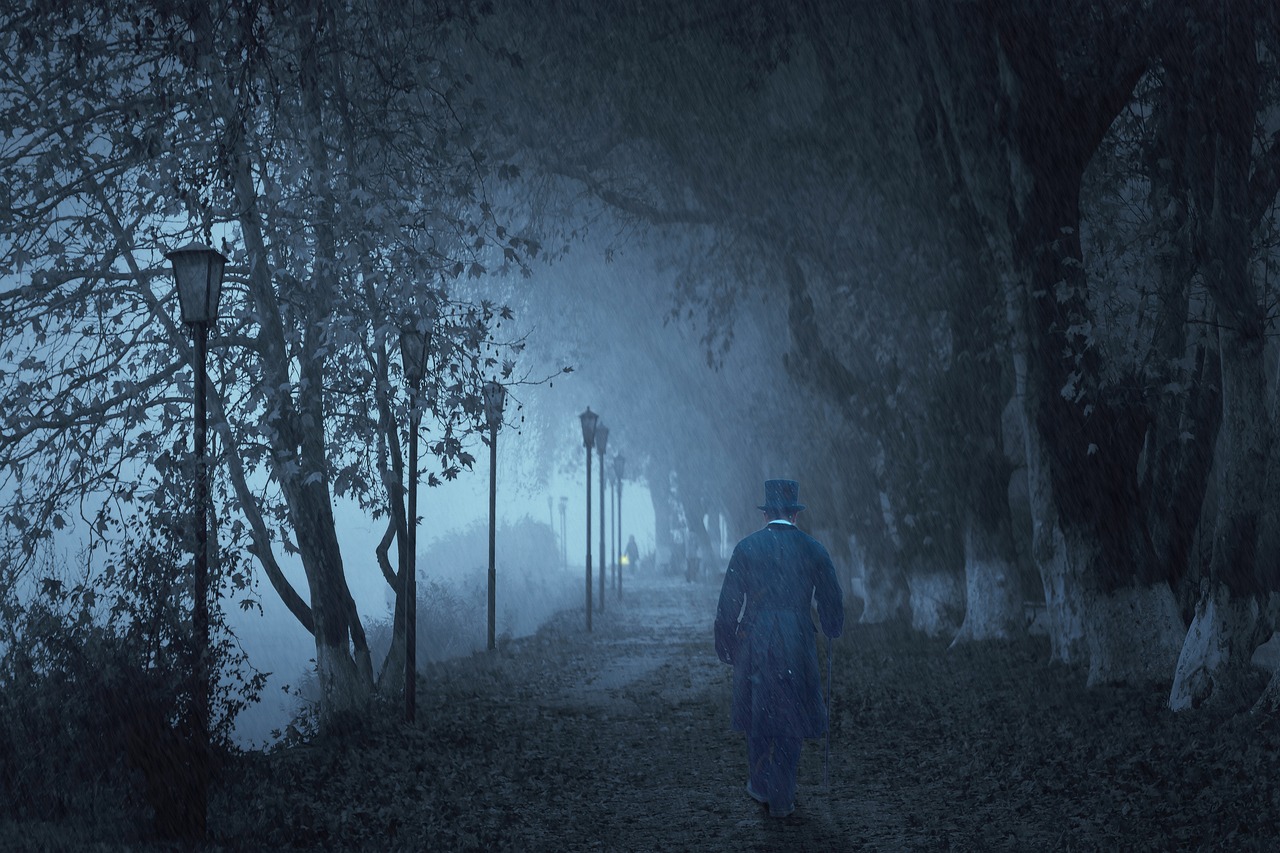
Understanding the Weather Conditions
Understanding the weather conditions is essential for capturing stunning rain and storm photographs. By familiarizing yourself with weather patterns, cloud formations, and lighting dynamics during inclement weather, you can significantly enhance the quality and creativity of your images.
When photographing rain and storms, it's crucial to observe the movement of clouds, as they can dramatically affect the overall atmosphere of your shots. Different cloud formations, such as cumulonimbus clouds or nimbostratus clouds, can create unique lighting conditions and textures in your photos.
Moreover, understanding how natural light interacts with rain and stormy skies is key to achieving captivating images. The contrast between dark storm clouds and bright sunlight breaking through can produce striking visual effects that add drama and intensity to your photographs.
Additionally, being aware of weather forecasts and predicting changes in atmospheric conditions can help you anticipate ideal shooting opportunities. Knowing when a storm is approaching or when rain showers are likely to occur allows you to plan your photography sessions effectively and capture the most dynamic moments.
By mastering the intricacies of weather patterns and lighting nuances during rain and storms, you can elevate your photography skills and create compelling images that resonate with viewers on an emotional level.
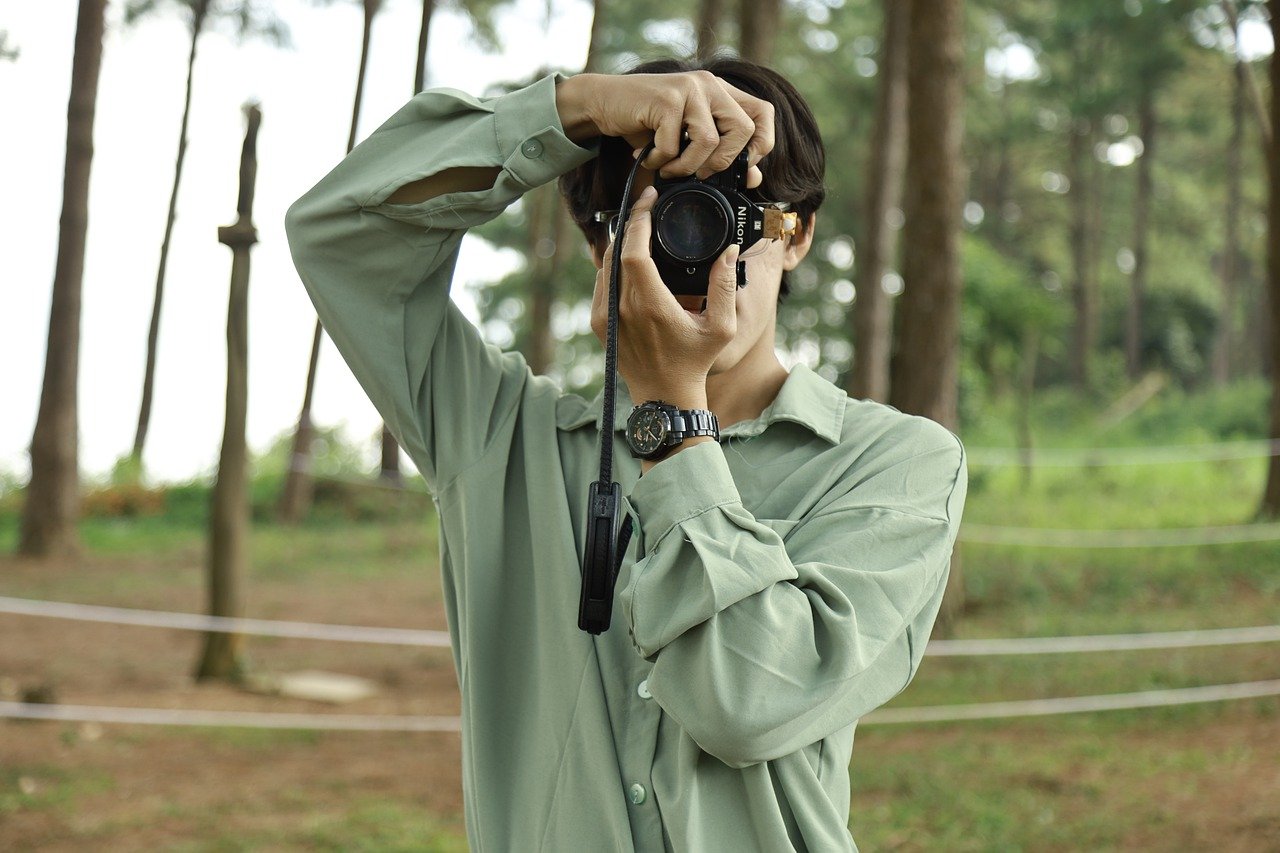
Choosing the Right Equipment
When it comes to capturing stunning images in rainy and stormy weather conditions, choosing the right equipment is crucial for ensuring both safety and quality shots. One of the most important considerations is selecting a waterproof camera that can withstand the elements without compromising on image quality. Additionally, investing in protective gear such as waterproof covers for your camera and lenses can help prevent water damage during shoots.
Furthermore, having additional accessories like lens hoods and lens wipes can be beneficial in keeping your equipment clean and functional in wet conditions. These small yet essential items can make a significant difference in the outcome of your stormy weather photography. It's essential to be prepared with the right gear to fully immerse yourself in the creative process without worrying about the safety of your equipment.
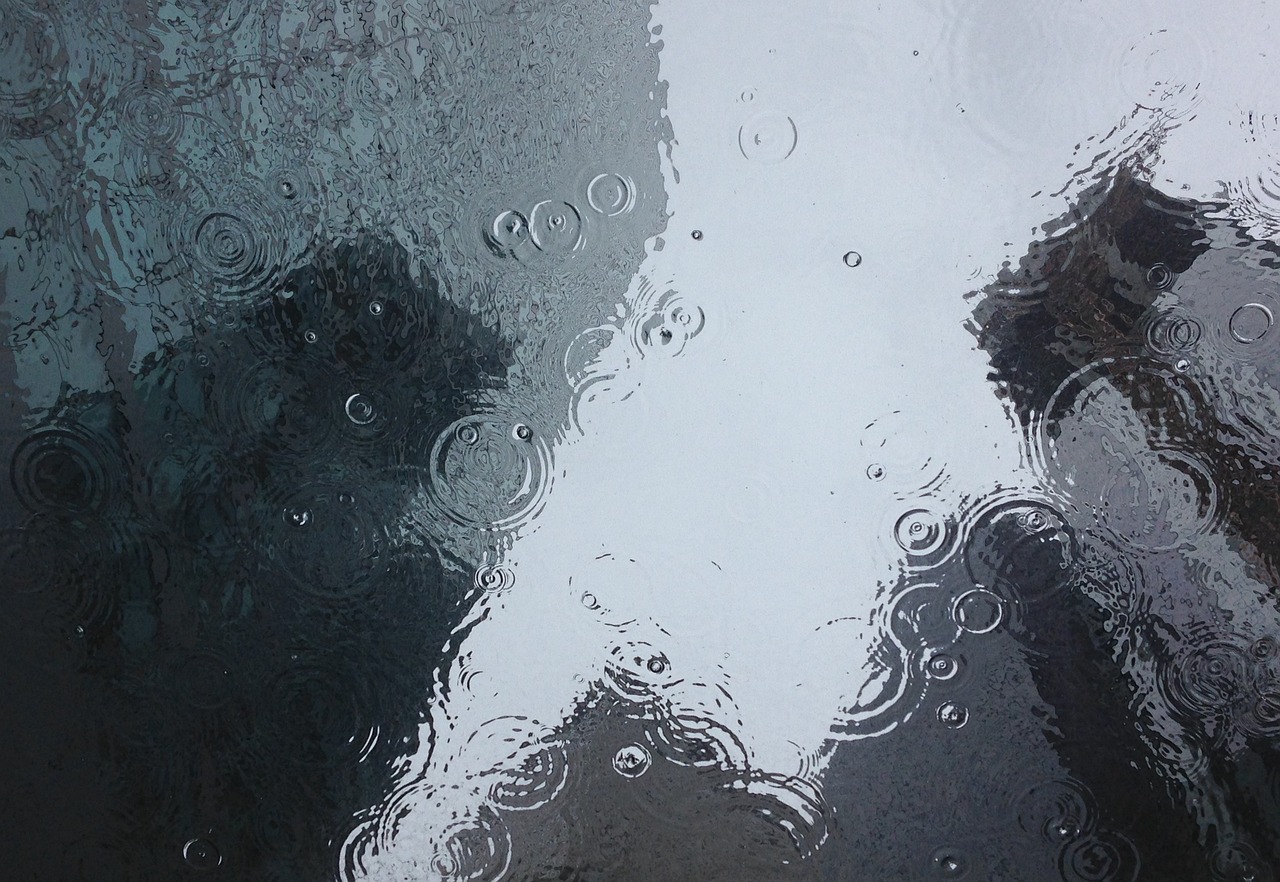
Utilizing Natural Elements
When it comes to photographing rain and stormy weather, incorporating natural elements can significantly enhance the depth and emotion of your images. Raindrops, reflections, and dramatic skies offer unique opportunities to create artistic and compelling photographs that stand out.
Raindrops, in particular, can add a dynamic element to your compositions. They create intricate patterns on surfaces, such as windows or leaves, that can add texture and interest to your photos. By focusing on the details of raindrops, you can capture the beauty in the smallest of moments during a storm.
Moreover, reflections in puddles or wet surfaces can create stunning mirror-like effects that amplify the visual impact of your photos. Utilizing reflections can add a sense of symmetry and depth to your compositions, making them more visually engaging and thought-provoking.
Additionally, stormy weather often brings about dramatic skies filled with swirling clouds, vibrant colors, and striking contrasts. These atmospheric conditions provide a captivating backdrop for your subjects, adding a sense of mood and intensity to your photographs. By framing your shots to include the expansive sky, you can create a sense of scale and grandeur in your stormy weather images.
By harnessing the power of natural elements like raindrops, reflections, and dramatic skies, you can elevate your photography to new heights, capturing the raw beauty and emotion of stormy weather in a truly creative and compelling way.
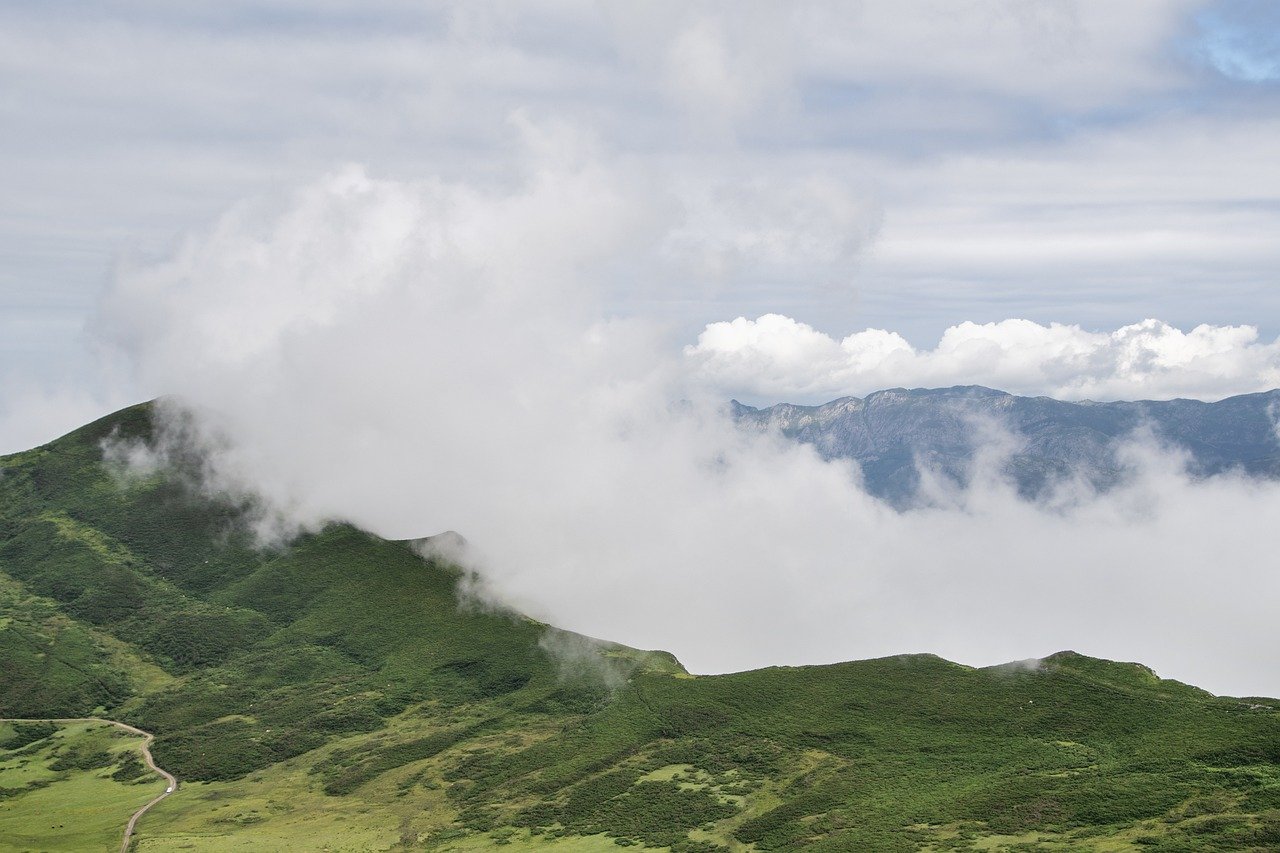
Playing with Light and Shadows
When it comes to capturing stunning images in rainy and stormy weather, playing with light and shadows can truly elevate your photography to the next level. The interplay of light sources, shadows, and contrasts in these conditions offers a unique opportunity to create visually striking and dynamic photographs.
One of the key aspects to consider when playing with light and shadows is the direction of light. During rainy or stormy weather, the clouds can act as natural diffusers, creating soft and even lighting that is ideal for capturing subtle details and textures. Experiment with different angles to see how the light interacts with your subject, creating depth and dimension in your images.
Shadows also play a crucial role in adding drama and interest to your photos. The contrast between light and shadow can create dynamic compositions, drawing the viewer's eye to specific elements within the frame. Embrace the dark, moody atmosphere of stormy weather by incorporating shadows creatively into your shots.
Reflections are another fascinating element to explore when playing with light and shadows in rainy weather. Puddles, wet surfaces, and rain-soaked streets can all serve as reflective surfaces, adding an extra layer of visual interest to your photographs. Use reflections to create symmetry and repetition in your compositions, enhancing the overall impact of your images.
Consider the color temperature of the light during different times of the day in stormy conditions. The cool, blue tones of overcast skies can create a somber and atmospheric mood, while the warm, golden light breaking through the clouds during sunset can add a touch of warmth and vibrancy to your photos. Experiment with white balance settings to enhance the mood and tone of your images.
Ultimately, playing with light and shadows in rainy and stormy weather allows you to unleash your creativity and capture truly unique and captivating photographs. Embrace the unpredictable nature of the weather, and use it to your advantage to create images that evoke emotion and tell a compelling story.

Experimenting with Composition
When it comes to experimenting with composition in your rainy and stormy weather photography, the possibilities are endless. By exploring different angles, framing techniques, and perspectives, you can create dynamic and engaging images that truly stand out. Consider how you can use the natural elements of rain and storm clouds to enhance your composition. For example, incorporating raindrops on a window or capturing reflections in puddles can add depth and emotion to your photos.
Think about the story you want to tell through your images. Experiment with capturing the movement and energy of the storm, whether it's the wind blowing through trees or raindrops hitting the ground. By focusing on the motion and emotion in your scenes, you can add drama and intrigue to your photographs.
Playing with light and shadows is another essential aspect of composition in stormy weather photography. Explore how different light sources interact with the storm clouds and rain to create visually striking contrasts. Look for opportunities to capture the play of light on wet surfaces or the dramatic shadows cast by stormy skies.
Consider the rule of thirds and other compositional guidelines to create balanced and visually appealing images. Experiment with framing your subjects off-center or using leading lines to draw the viewer's eye through the scene. Don't be afraid to try unconventional angles or perspectives to add a unique twist to your stormy weather photographs.
Remember, composition is not just about following rules but also about breaking them creatively. Embrace experimentation and allow yourself to think outside the box when capturing rain and storm scenes. By pushing the boundaries of traditional composition techniques, you can create truly memorable and impactful images that showcase your artistic vision.

Capturing Motion and Emotion
When it comes to capturing motion and emotion in your photographs, the key is to immerse yourself in the scene and truly feel the energy around you. Rain-soaked environments offer a unique opportunity to convey movement and raw emotions, adding a dramatic flair to your images. Imagine the raindrops falling, the wind blowing, and the people or objects in motion – how can you freeze these moments in time to tell a compelling story?
One technique to capture motion effectively is to use a slower shutter speed, allowing for a sense of movement in your photos. This can create a dynamic effect, especially when photographing subjects like people running in the rain or cars driving through puddles. Experiment with different shutter speeds to find the right balance between sharpness and blur to convey the desired sense of motion.
Emotion, on the other hand, is all about connecting with your subject and conveying their feelings through your photography. In rainy and stormy weather, emotions can run high, whether it's the joy of dancing in the rain or the contemplation of a solitary figure under an umbrella. Look for facial expressions, body language, and interactions between people to capture the essence of the moment.
Consider the play of light and shadow in your compositions to enhance the emotional impact of your photos. Shadows can add depth and mystery, while light can highlight certain elements or create a sense of drama. By paying attention to these visual elements, you can elevate the mood and storytelling in your rainy and stormy weather photographs.
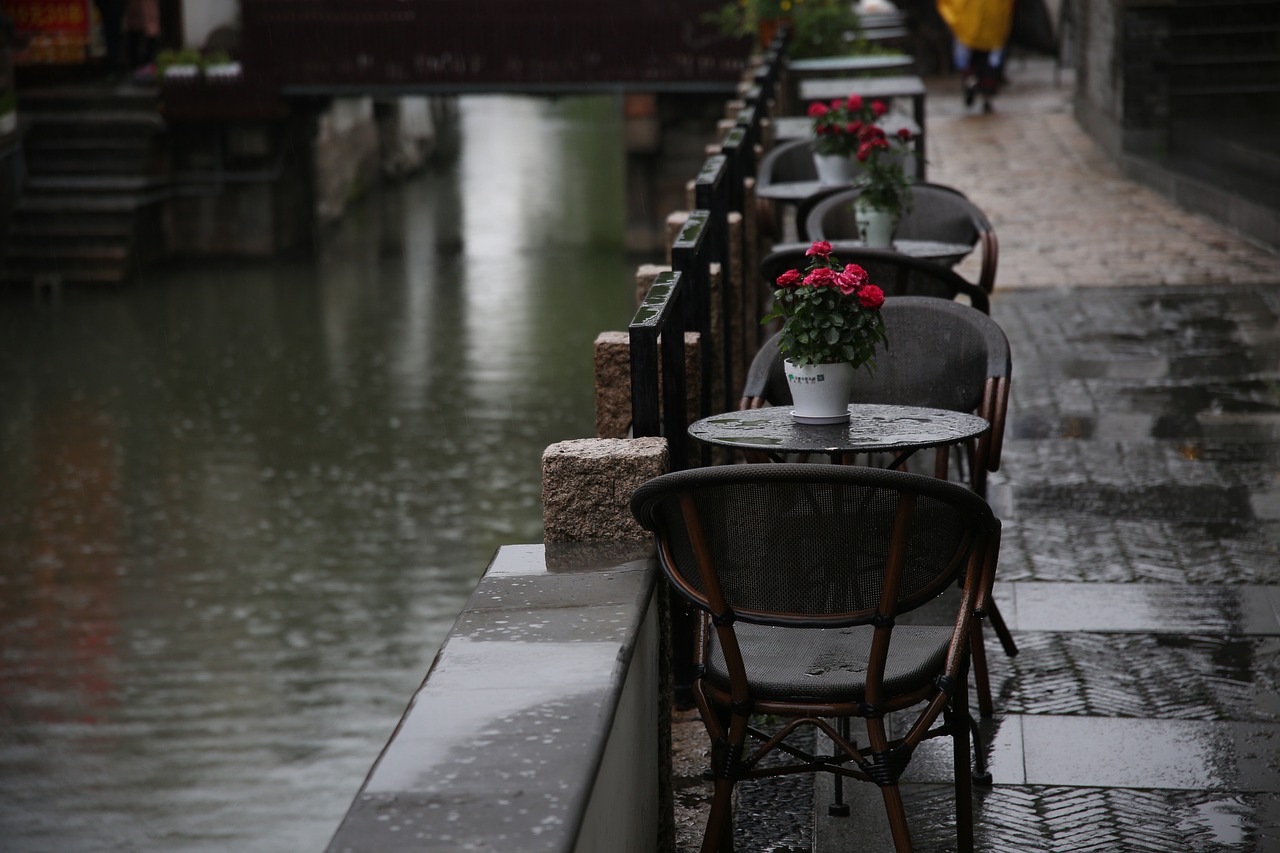
Post-Processing for Impact
Post-processing plays a crucial role in enhancing the impact and mood of your rainy and stormy weather photographs. By carefully editing your images, you can elevate the atmosphere, colors, and overall visual appeal of your shots. One effective technique is to adjust the color balance to create a more dramatic or moody effect. Experimenting with contrast and saturation levels can also help in bringing out the details and emotions captured in your photos.
Additionally, consider applying special effects such as vignetting or adding textures to add a unique touch to your stormy weather images. These effects can help in emphasizing certain elements within the photo and guiding the viewer's focus towards the intended subject. Remember, post-processing should aim to enhance the story and emotions conveyed in your photographs rather than completely altering the reality of the scene.
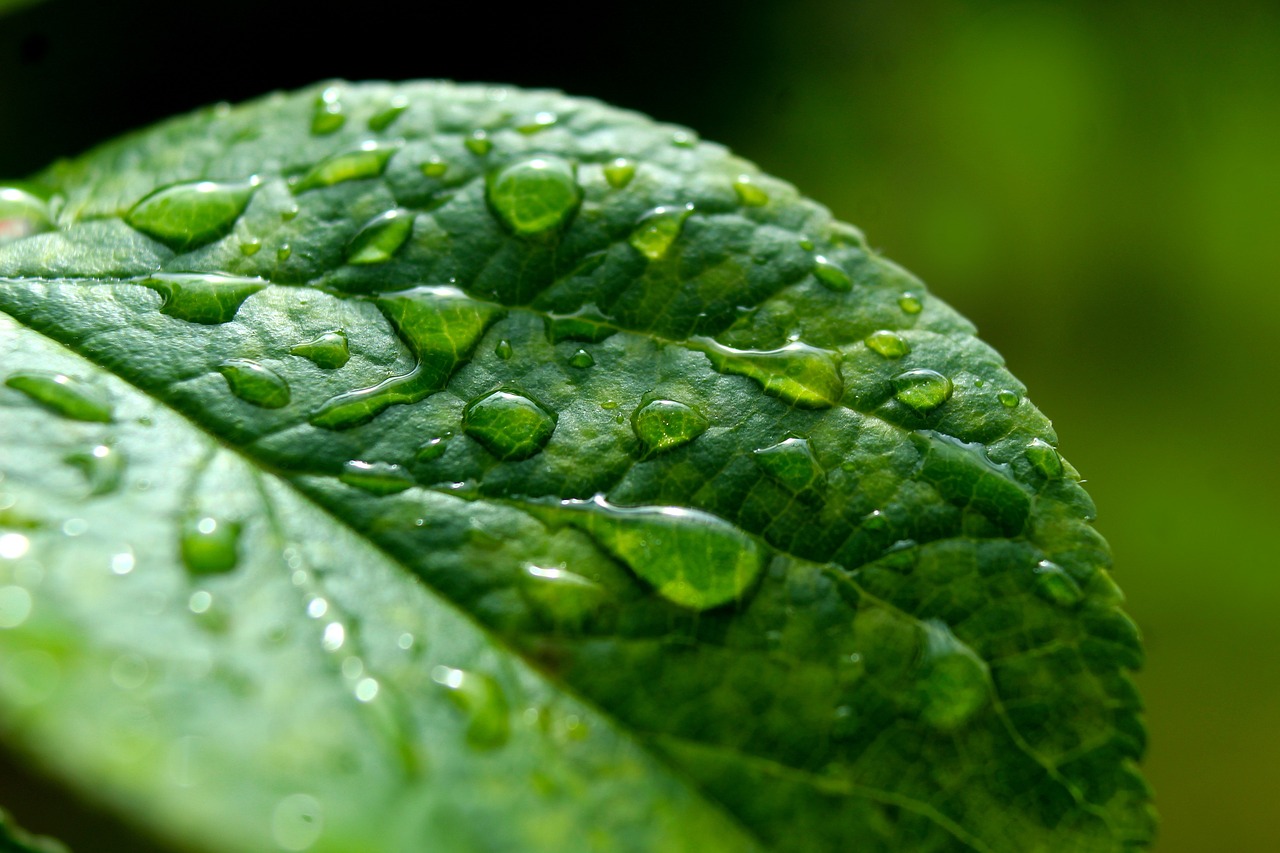
Sharing Your Creative Vision
Tips and techniques for capturing unique and artistic images in rainy and stormy conditions, enhancing your photography skills and creativity.
When it comes to sharing your creative vision through your rain and storm photography, there are several key strategies to consider. One of the most important aspects is to select the right platform for showcasing your work. Whether it's social media platforms like Instagram, photography websites, or local galleries, choosing where and how to display your images can greatly impact the reach and impact of your creative vision.
Additionally, engaging with the photography community can provide valuable feedback and inspiration for your work. Participating in online forums, photography groups, and workshops can help you connect with like-minded individuals, receive constructive criticism, and stay updated on the latest trends in rain and storm photography.
Another effective way to share your creative vision is through storytelling. Adding captions or descriptions to your images can provide context, evoke emotions, and draw viewers into the narrative behind each photograph. By sharing the stories and inspirations behind your rain and storm shots, you can create a deeper connection with your audience and leave a lasting impression.
Furthermore, collaboration with other photographers or artists can offer fresh perspectives and creative ideas for your rain and storm photography. Working together on projects, exhibitions, or photo walks can not only expand your creative horizons but also foster a sense of community and camaraderie within the photography world.
Lastly, don't underestimate the power of feedback and engagement. Encouraging viewers to interact with your work through likes, comments, and shares can boost visibility and engagement, helping your creative vision reach a wider audience. By actively engaging with your followers and responding to their feedback, you can cultivate a loyal fan base and establish yourself as a respected voice in the rain and storm photography niche.
Frequently Asked Questions
- Can I capture good photos in the rain and stormy weather?
Absolutely! Rain and stormy weather provide unique opportunities to create dramatic and captivating images. With the right techniques and equipment, you can capture stunning shots that stand out.
- Do I need special gear for photographing in rainy conditions?
It is recommended to use waterproof cameras and protective gear to safeguard your equipment and yourself from the elements. Additionally, accessories like lens hoods and camera covers can help ensure quality shots in adverse weather.
- How can I make my rain and storm photos more visually appealing?
By incorporating natural elements such as raindrops, reflections, and dramatic skies, you can add depth and emotion to your photographs. Experimenting with light, shadows, composition, and post-processing techniques can further enhance the impact of your images.
- Is it challenging to capture motion and emotion in rainy scenes?
Capturing movement, energy, and raw emotions in rain-soaked environments can indeed be challenging but also rewarding. By adjusting your settings, focusing on details, and being patient, you can create images that convey a sense of drama and storytelling.
- How can I share my rain and storm photography with others?
You can showcase your creative vision through social media platforms, websites, and galleries. By sharing your work online, you can inspire and connect with fellow photographers, as well as receive feedback and recognition for your unique perspective.

